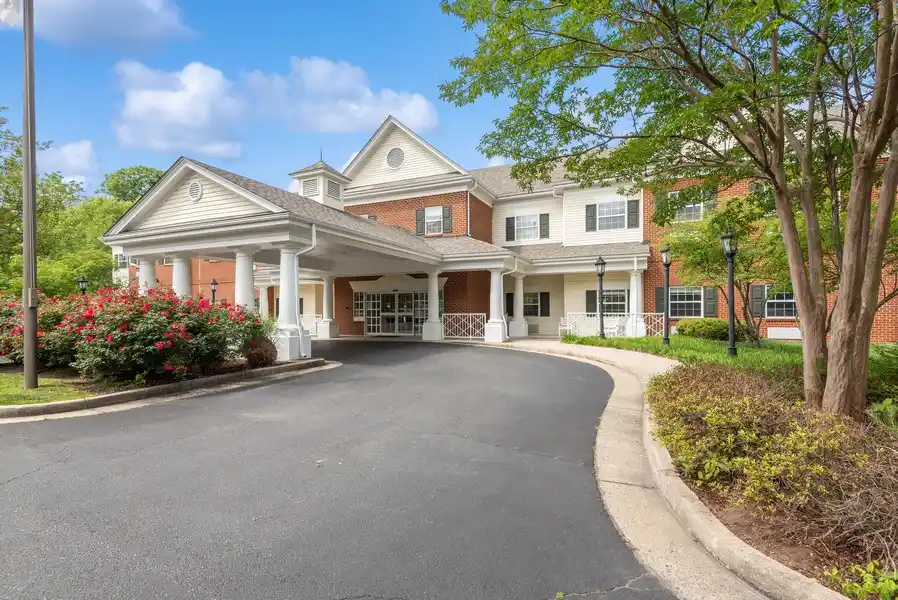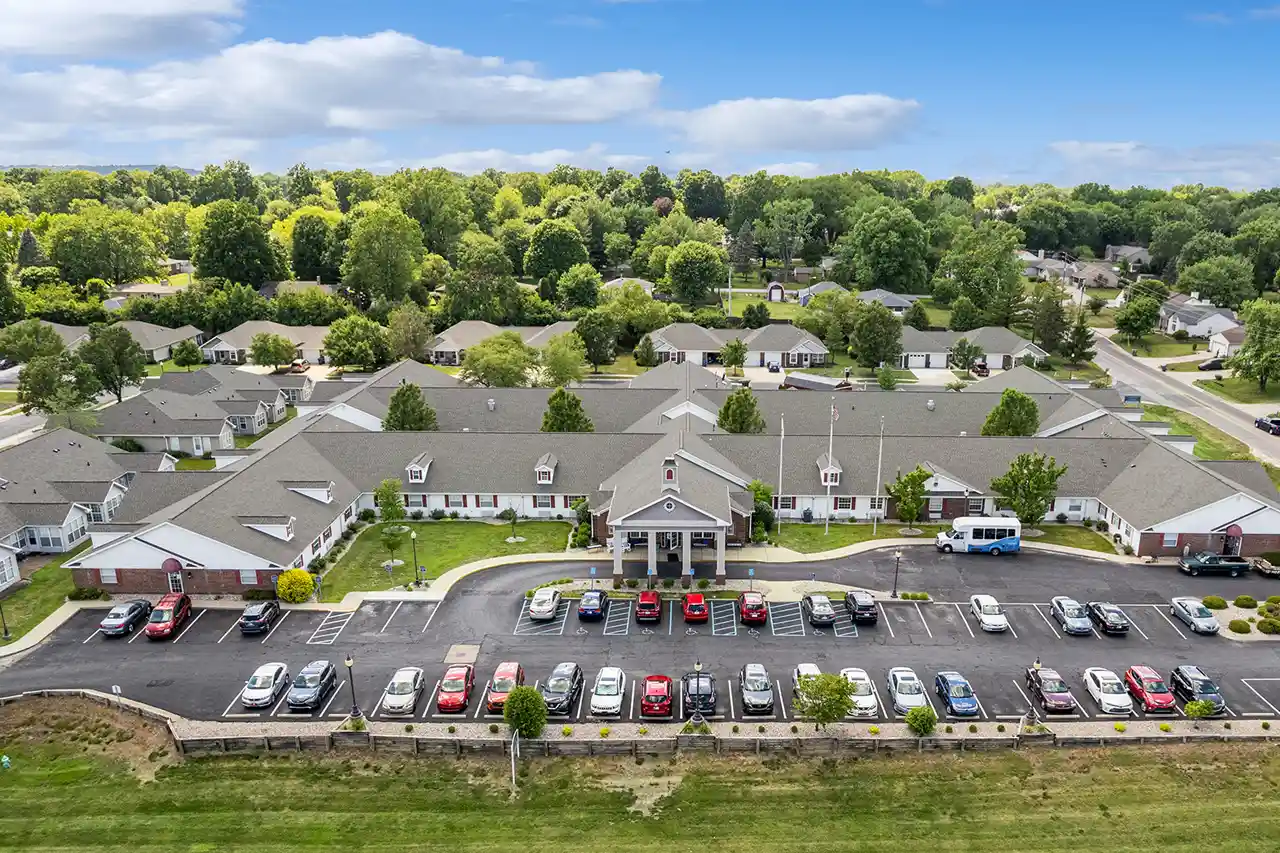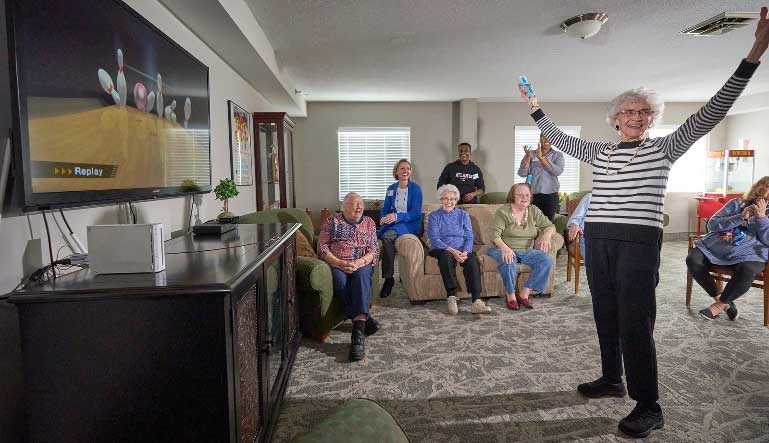As we age, planning for a better future becomes all the more important. After all, you deserve to decide when, how, and where to live on your own terms. Thinking ahead isn’t just smart, it is empowering. One option you may come across is senior living communities. These thoughtfully designed communities offer a number of amenities and services that play a major role in enhancing your lifestyle.
Did you know that for many older adults and their families, the question often isn’t always “if,” they should move to a senior living facility but “when”? While the idea of moving to a new place can be overwhelming at first, choosing to make the move can be one of the most enriching and empowering decisions in life.
Modern senior living communities are designed to enhance the quality of life, offering a perfect blend of comfort, security, social connection, and safety. Far from being restrictive, these communities empower residents to reclaim their life, reduce daily stress, and enjoy meaningful experiences every day. Whether you’re planning ahead for yourself or helping a loved one explore their options, the benefits of senior living extend far beyond what people think. Here are just a few highlights.
Benefits of Senior Living Communities
Inclusive Pricing: Meals, Utilities, and More
One of the most immediate and practical advantages of senior living is financial simplicity. Instead of juggling multiple bills—for rent or mortgage, groceries, cable, internet, electricity, water, maintenance, repairs, etc—residents pay a single, predictable monthly fee that covers it all. This streamlined approach makes budgeting easy and eliminates the headache of managing separate payments and home upkeep.
This all-inclusive style pricing typically includes meals, housekeeping, utilities, and property maintenance. For aging adults who are tired of endless checklists and rising costs, the ease of one consolidated bill brings tremendous peace of mind. Many also find senior living more economical because unexpected costs such as home maintenance are covered in the monthly rates.
Meals are no longer a chore—they’re a highlight. Thoughtfully prepared to meet nutritional needs and personal preferences, meals are often served in restaurant-style dining areas, cozy cafés, or delivered right to your room. Residents enjoy delicious, nutritious food without the hassle of grocery shopping, cooking, or cleaning. Dining experiences are designed to be social and enjoyable, adding to the sense of community.
This stress-free lifestyle frees up time and energy for things that truly matter—whether that’s hobbies, wellness, or time with loved ones.
Pet-Friendly Living
Pets are more than companions —they’re family and thankfully, an increasing number of senior living communities welcome pets with open arms. In fact, pets often become a central part of a resident’s daily routine, providing a sense of purpose and emotional support.
From dogs and cats to birds, fish, and other small pets, these communities understand the emotional and health benefits animals provide. Some even offer pet-friendly amenities like walking trails, pet parks, and social activities for pet lovers, creating opportunities for residents to bond over their shared love of animals.
Having a beloved furry friend by your side during a life transition brings comfort, reduces loneliness, and promotes daily routines like walking or playtime. Pets help reduce stress, improve mental health, and offer companionship. Simply put, pets help a new place feel like home, ensuring that the transition into a new chapter of life is as smooth and fulfilling as possible.
Swimming Pools
Swimming pools aren’t just for leisure—they’re a powerful wellness tool for aging adults. Many senior living communities offer indoor and outdoor pools that are accessible year-round, allowing residents to enjoy the benefits of water exercises regardless of the weather.
Water exercises, like swimming or aqua aerobics, are gentle on the joints while helping improve cardiovascular health, balance, and flexibility. The buoyancy of the water also makes these activities easy on the body, reducing the risk of injury while still offering a great workout. Even casual floating can soothe aches and enhance well-being.
In addition to physical benefits, pools offer opportunities for connection. Group classes and free swim bring residents together in a relaxed, enjoyable setting that supports both social and physical health. Poolside conversations often help foster strong bonds between residents, encouraging community engagement and camaraderie.
Onsite Rehabilitation and Physical Therapy
Health setbacks can happen at any age—but access to timely care can make all the difference in recovery. That’s why many senior living communities provide onsite rehabilitation and therapy services, allowing residents to receive care close to home.
Licensed professionals deliver personalized care plans for physical, occupational, or speech therapy—right where residents live. Whether recovering from a fall, surgery, or managing a chronic condition, having therapy services on-site eliminates the stress of transportation and unfamiliar medical facilities. These services are designed to be flexible and tailored to each resident’s individual needs, ensuring the most effective recovery process possible.
This kind of support ensures residents receive the care they need promptly, helping them regain strength, restore independence, and return to doing what they love. Whether it’s walking with ease again, regaining speech, or simply maintaining a level of mobility, on-site rehabilitation can make all the difference in an individual’s quality of life.
Activities and Events for Seniors
One of the most joyful aspects of senior living is the vibrant calendar of activities designed to keep minds sharp and hearts full. Whether you’re into arts and crafts, group fitness, book clubs, or movie nights—there’s something for everyone. Senior living communities offer a variety of ways to stay active and engaged, no matter your interests.
Communities offer endless opportunities to connect, create, and explore. You’ll find educational workshops, social outings, cultural events, holiday celebrations, and even resident-led clubs where individuals shape their own community experience. Whether you want to learn a new skill, participate in friendly competitions, or simply enjoy a social outing, the activities are endless.
Whether you thrive in lively social scenes or are more of a self-described introvert, there’s always something to match your pace and personality. Many communities also tailor events based on residents’ preferences, ensuring that every activity feels meaningful and fun. This balance of social engagement and personal downtime helps foster a well-rounded, fulfilling lifestyle for all.
Discover Five Star Senior Living
At Five Star Senior Living, we believe retirement is a time for freedom—not limitations. Moving into a senior living community isn’t about giving something up—it’s about gaining peace of mind, comfort, security, and meaningful connection.
Our communities offer a range of living options, from independent living to assisted living and memory care, all centered around enhancing well-being and honoring individuality. Whether you’re seeking daily support or simply looking to simplify your lifestyle, we meet you where you are—helping you maintain independence while embracing all the possibilities of a new chapter.
From pet-friendly policies and wellness-focused programs to onsite rehabilitation services and dynamic activity calendars, every element of our community is designed to help you thrive. We believe in creating environments that nurture your body, mind, and spirit, so you can focus on what matters most: enjoying life to the fullest.
Come see what senior living can truly be. Tour one of our welcoming senior living communities, meet our residents, and experience firsthand the comfort, connection, and care that define Five Star Senior Living.
Because your next chapter should be full of joy and not be limited.
Contact Us Today










